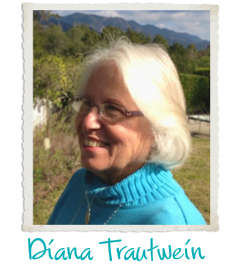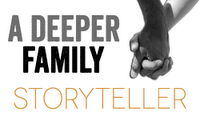Our sermon text on Sunday came from the end of the Sermon on the Mount — Jesus’ words about the narrow way. Pastor Jon did his usual excellent job of parsing and paying close attention to the text and to life. Perfect timing for the morass we find ourselves facing at this juncture in our national history. May grace prevail, no matter the outcome today.
We’re gathering ourselves around this table again today, Lord God, grateful for it, grateful for the story it tells us, glad to do it together.
And today, we’re going to come to it one by one, a physical and tactile reminder that sometimes, it is good to be deliberate about finding that narrow way, the way that leads to the real, the wonderful.
Please take these simple things in front of us — this torn up bread, this poured out purple — and bless them. Breathe on them and breathe on us with the gift of your Holy Spirit, your Holy Spirit of love and invitation.
Some of us really need to hear the love in your voice this morning, dear Lord. We’ve been listening to so.many.voices. for the past too-many months of electioneering, voices that speak ugly words, voices that tell lies of expediency and excuse, of dissatisfaction and disdain. Help us to hear your strong, clear words of truth, and grace, and acceptance amid the word overdose that clutters our life in this season.
As we listen for your voice of love today, we also ask you to forgive us for giving into fear, for speaking words of judgment, for caring too little for the ones you’ve commanded us to love — the least and the lost. And forgive us for sometimes forgetting that also includes us, Lord. Truth be told, we are all little and frequently lost.
So we ask you to hear now our prayers of silent confession, our prayers for forgiveness for the ways in which we fall short of your dream for us, your call to us.
— SILENCE —
Thank you for hearing, for offering us the grace of forgiveness, and for calling us forward to a better way, a more narrow way.
We also ask you to bless all those whom we love who are struggling this day. And sometimes that group includes us, too. I think it is fair to say that all of us are carrying around a fair amount of grief these days. Will you bring comfort, please? And will you help us to be comfort for one another?
Through it all — all the grieving, the worrying, the wondering, the recognition of our own contribution to the ugly voices all around us . . . and sometimes, inside us, too — in the midst of it all, please give us ears to ear your voice of love, your words of invitation.
Grant us grace to choose, day after day, minute by minute, the narrow way, the way of love, the way of Jesus.
In whose name we pray, Amen.



















































































